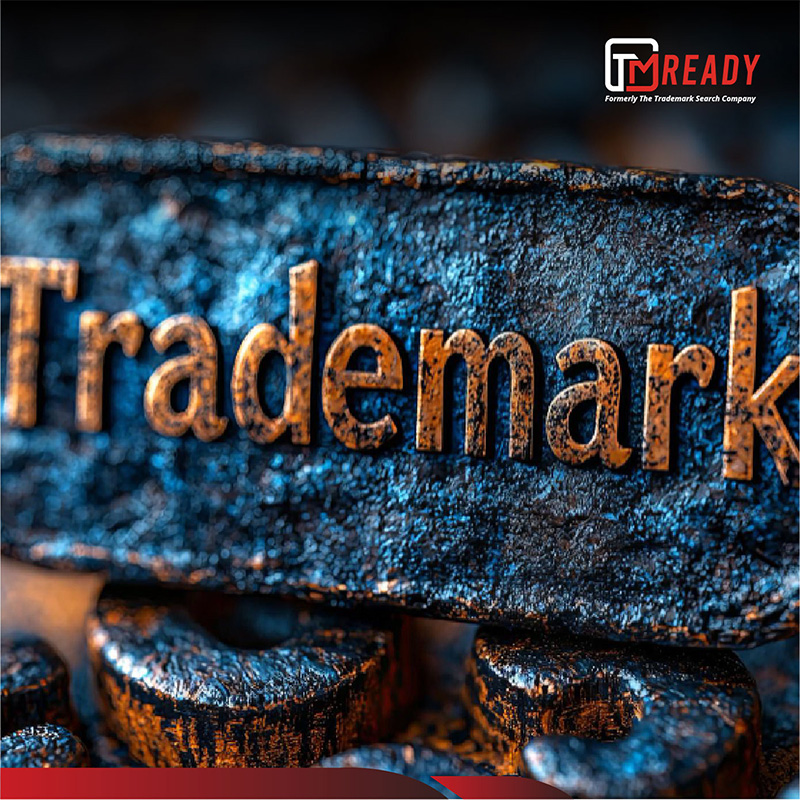Table of Contents
ToggleWhat Is Brand Dilution and what can we learn from brand dilution examples?
Brand dilution—also known as overextension of a brand—occurs when the value of a brand is diluted, usually due to launching products or services that are a departure from its central identity or mission. This frequently results when a firm quickly diversifies into new markets or introduces products or services that are outside its initial focus.
Brand dilution can have serious effects on customers’ perception of a brand, destroying trust and eventually cutting long-term revenue. Learning from brand dilution examples in real life is very useful to understand the effects and avoid such negative outcomes and ensure brand integrity.
What Causes Brand Dilution?
There are several factors can dilute the brand in question:
Increased Competition
Globalization and the rise of online shopping have heightened market competition. Sites such as Shopify and Amazon are filled with identical-looking products, causing it to become harder for small businesses to make themselves stand out. Even long-standing brands have to work harder to sustain their advantage in this crowded market.
Genericization
Occasionally, a brand is victimized by its own popularity. When a brand name comes to be the generic term for a category of products—such as “aspirin” for over-the-counter painkillers or “escalator” for moving staircases—the brand’s identity is threatened. This phenomenon, known as genericization, is one of the most striking brand dilution examples and impacts the distinctiveness of the brand, can take away the legal protections, and dilute the brand.
Damage from Unauthorized Use
The counterfeit market is saturated with imitation products that copy successful brands but provide inferior quality. These fakes cause consumer confusion, resulting in a negative stigma that harms the credibility of the original brand.
Spreading of Lookalike Brands
The increase of lookalike brands only aggravates the situation. These replicas do not clearly differentiate between real and fake, causing customer confusion, depleting trust, and diverting consumer preference towards authentic products to substandard substitutes.
7 Real Brand Dilution Examples
Harley-Davidson Perfume
Harley-Davidson, which prides itself on its tough motorcycles and renegade image, tried to venture into the personal care segment with branded perfume. The initiative puzzled loyal fans and diluted the masculine, adventurous brand image. Lesson: Always maintain consistency between new offerings and your brand’s underlying values.
Colgate Kitchen Entrees
Colgate, a well-established oral hygiene brand, rolled out a series of frozen dinners. Shoppers couldn’t imagine toothpaste on food, leading to brand confusion. Lesson: One of the most cited brand dilution examples- Don’t venture out of known domains—consumer minds create brand acceptance.
Yahoo!’s Overextension
Yahoo! attempted too many online services without a focused plan—email, news, media, social sites—overextending itself. It resulted in a dilution of brand identity. Lesson: Concentration leads to longevity; scattershot expansion belies focus.
Pierre Cardin Licensing Chaos
Luxury fashion designer Pierre Cardin licensed his name to hundreds of unrelated items. Though profitable in the short run, it tainted the brand’s prestige. Lesson: This brand dilution example demonstrates that one should restrict licensing to maintain exclusivity and value.
Trump Steaks
Branded steaks by Donald Trump didn’t catch on as a result of a lack of credibility in the food industry. The branding seemed forced and unconvincing. Lesson: Credibility in a category is important—brand strength doesn’t necessarily carry over.
Cadbury Instant Mashed Potatoes
Famous for chocolate, Cadbury confused consumers by entering the savory food space. The offering clashed with its sweet, indulgent image. Lesson: Customer expectations guide brand success—don’t ignore them.
Levi’s Suits
Levi’s, synonymous with denim and casual wear, tried selling formal suits. The new product contradicted its rugged, everyday appeal. Lesson: Know what your brand isn’t, not just what it is.
Common Patterns in Brand Dilution
Brand dilution often follows predictable patterns that can gradually weaken a brand’s identity and market value.
One common cause is misalignment with the brand’s core identity—introducing products that stray from the brand’s mission or values can confuse consumers and damage trust. Brand dilution examples like Levi’s failed attempt at selling formal suits highlight this issue clearly.
A second pattern is extending too rapidly, attempting to leverage brand equity without strategy, as Yahoo!’s disjointed service extensions have done. Brands can also overestimate the loyalty of consumers, that any product will be accepted.
Lastly, a lack of strategic brand stewardship—such as mixed messages or ineffective control—can result in a split brand image. These examples of brand dilution confirm the value of value-driven, disciplined brand management.
Strategies for Preventing Brand Dilution
In order to maintain the authenticity and long-term value of a brand, companies need to make active, strategic choices. What follows are some effective strategies:
Enforce Strong Trademark Protection
Trademarks constitute the legal foundation of brand defense. Companies ought to register trademarks in primary markets, regularly surveil for infringement, and act legally when required. Regular audits serve to keep it all going and relevant.
Leverage Brand Storytelling
Embracing a compelling brand story creates emotional bonds with customers. Share your mission, values, and story to create a memorable and meaningful brand. Brands such as Apple and Tesla are the epitome of successful storytelling.
Evolve With Changing Consumer Trends
Consumer tastes change over time, and brands need to follow suit. This may mean updating logos, expanding into new markets, or embracing new technologies in order to stay current and desirable.
Track Brand Presence Everywhere
A brand’s exposure today cuts across physical and virtual realms—social media, online shopping sites, and websites. Regular surveillance is necessary to identify counterfeits, unauthorized usage, or misrepresentation of a brand.
Adopt New-age Technologies
The latest technology can increase brand safeguarding and interaction:
- Augmented Reality (AR): Allows users to virtually experience products before buying them, improving user experience.
- Blockchain: Provides end-to-end transparent, tamper-proof verification of product origin and authenticity.
- AI Personalization: Provides individualized content and product offers based on studying customer behavior, deepening loyalty and emotional connection.
Conclusion
Brand dilution is a major problem that can really hurt your brand’s value and reputation. Unless taken care of quickly, it becomes more difficult to reestablish your distinctive identity and rebuild customer trust.
Some famous brand dilution examples—such as Colgate frozen meals or Pierre Cardin over-licensing—show how fast a powerful brand can fade. Trademark dilution happens when your mark gets generic or less unique, becomes more susceptible to others’ misuse, and has diminished legal protection and marketplace value.
Don’t wait for harm to be done. Safeguard your brand against dilution and counterfeiting with a sound trademark approach. TMReady’s Trademark Monitoring Services are an aggressive defense system that detect promising threats. Get in touch with us today to help secure your brand’s future.



